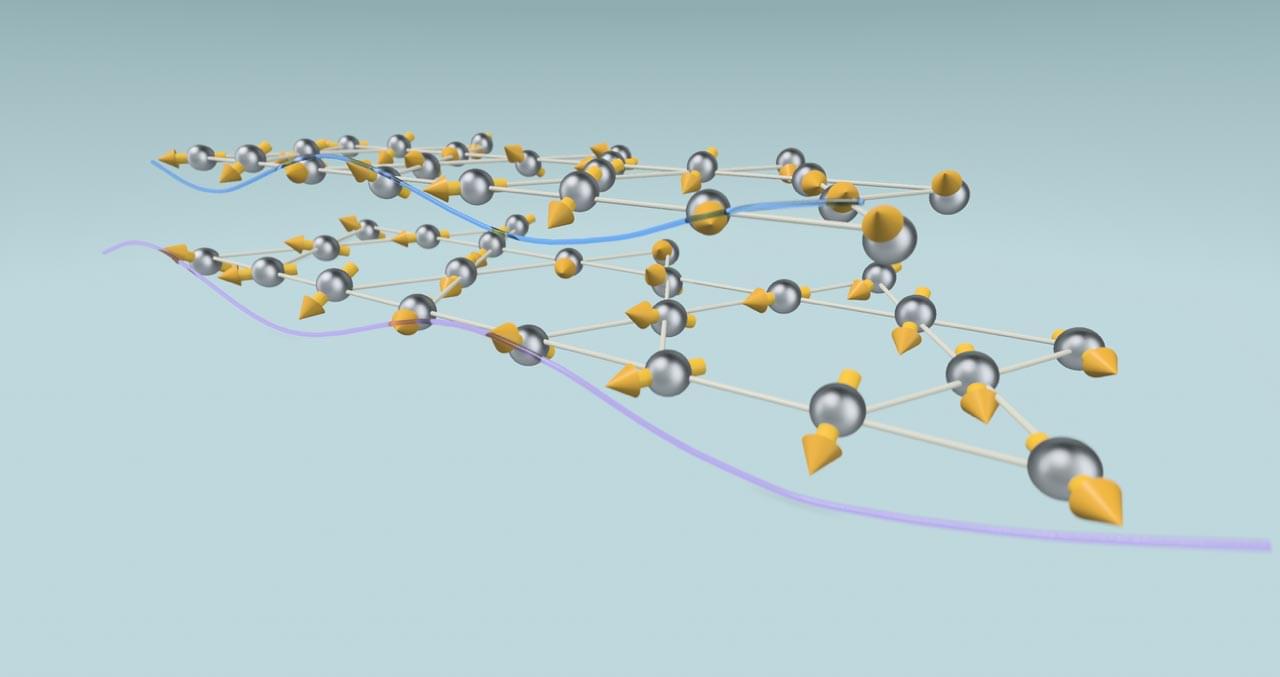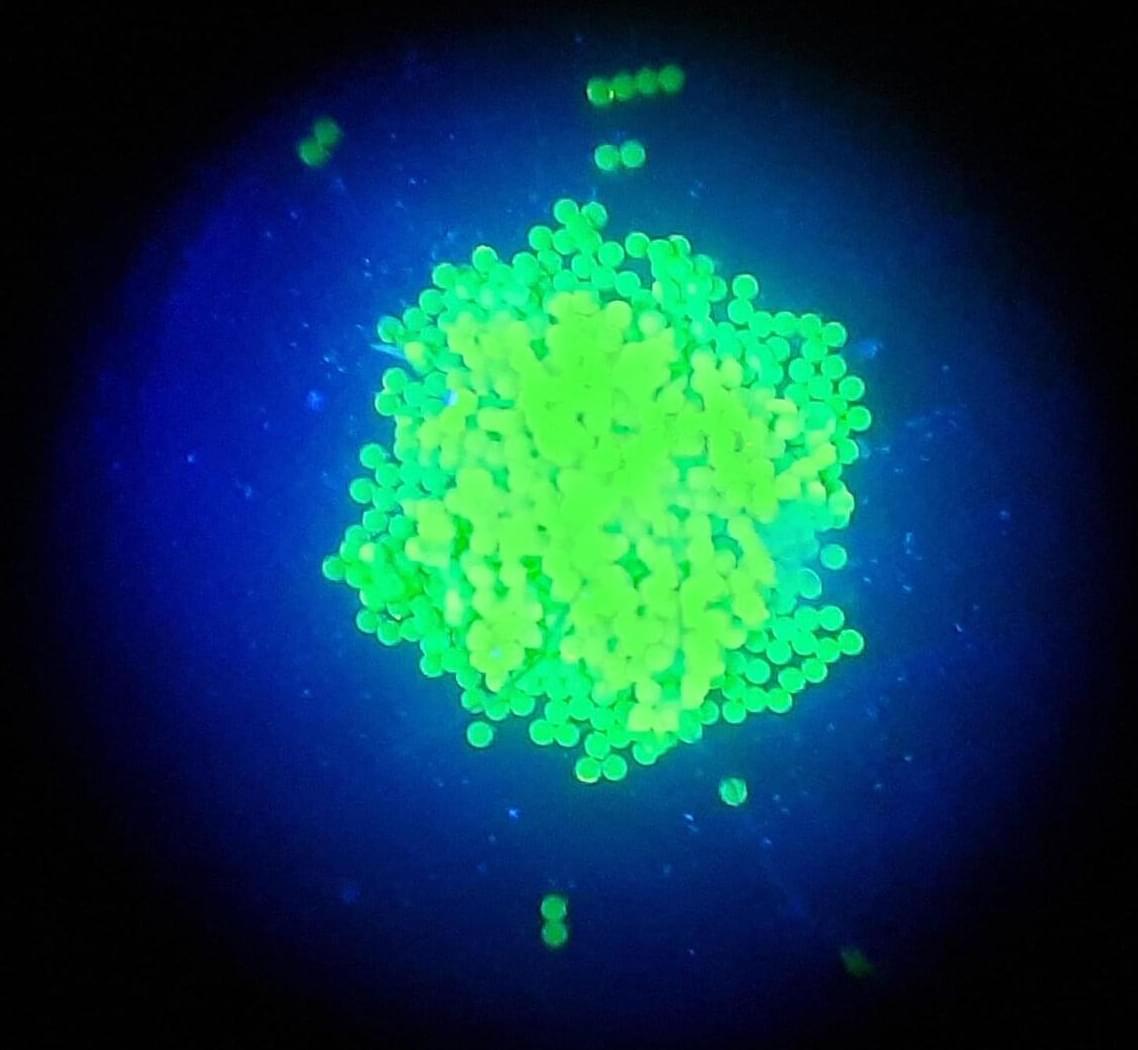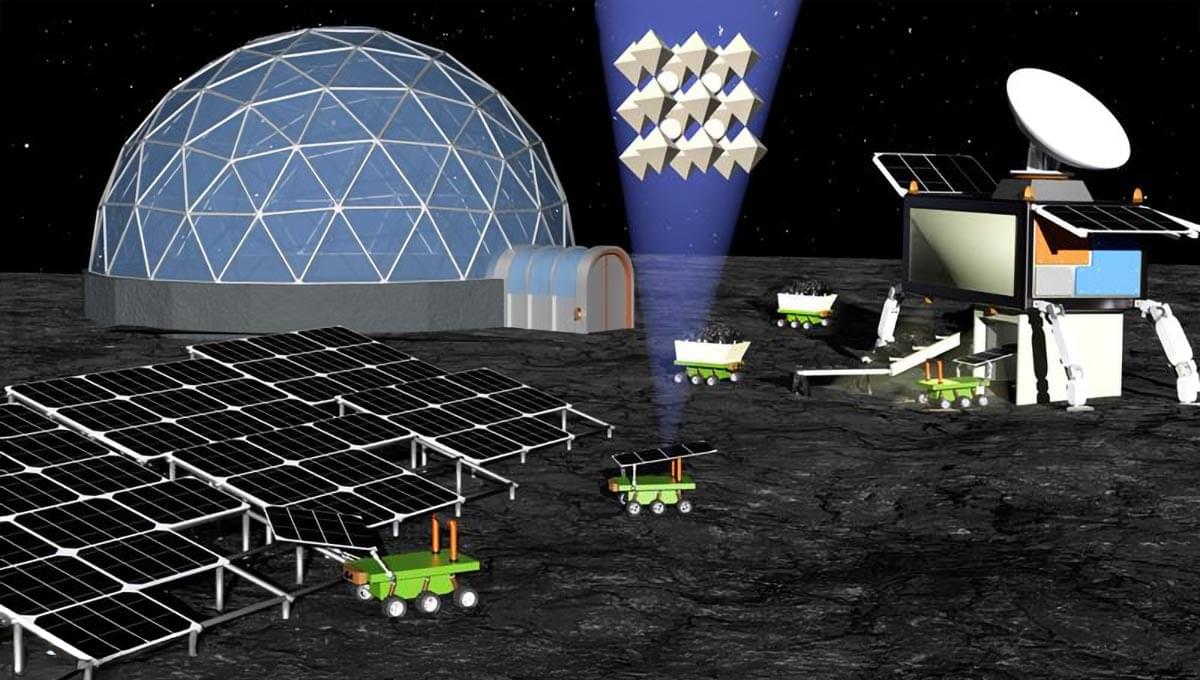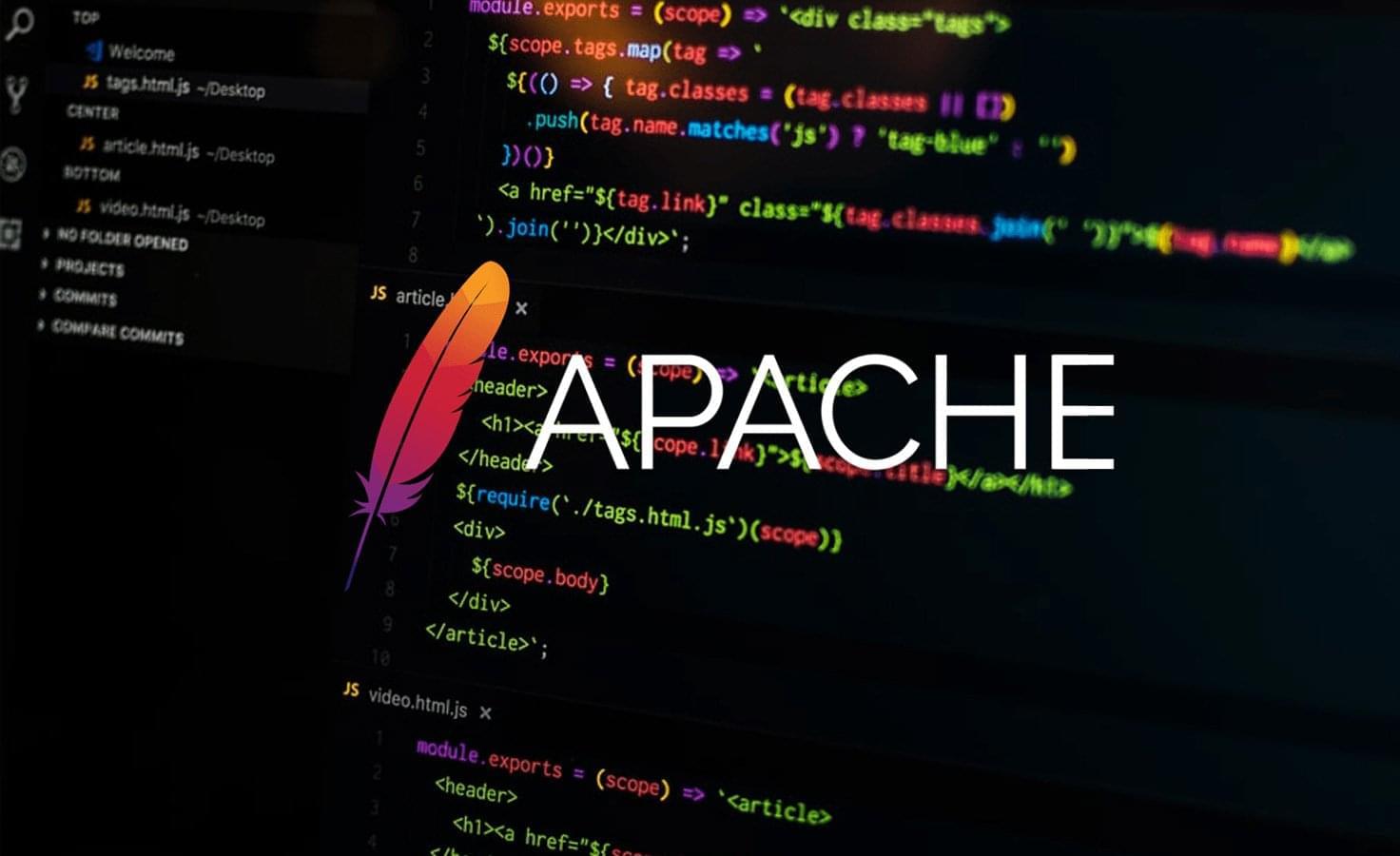Researchers have discovered that the underside of the North American continent is slowly dripping away in blobs of rock. The remnants of a tectonic plate sinking into the Earth’s mantle may be the cause of this phenomenon.
A paper published in Nature Geoscience
<span class=””> Nature Geoscience is a monthly peer-reviewed scientific journal published by the Nature Publishing Group that covers all aspects of the Earth sciences, including theoretical research, modeling, and fieldwork. Other related work is also published in fields that include atmospheric sciences, geology, geophysics, climatology, oceanography, paleontology, and space science. </span><span class=””>It was established in January 2008. </span>









